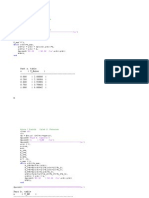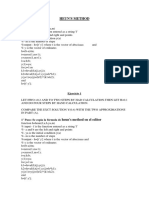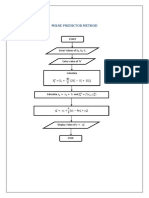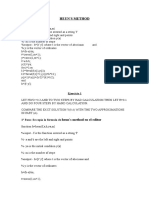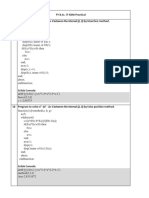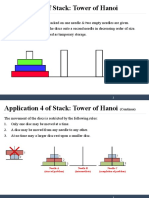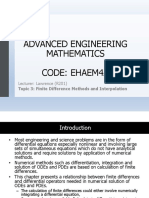0% found this document useful (0 votes)
16 views26 pagesMatlab 7th
The document outlines various numerical methods for interpolation and integration, including Newton's Forward, Backward, Lagrange's methods, and numerical integration techniques like Trapezoidal, Simpson's, and Weddle's rules. It also covers solving ordinary differential equations using Taylor's method, Euler's method, and Runge-Kutta methods, providing sample inputs and outputs for each method. Additionally, the document includes a section on solving a second-order differential equation with initial conditions and presents population data from 1930 to 2020.
Uploaded by
jayedulislam79926Copyright
© © All Rights Reserved
We take content rights seriously. If you suspect this is your content, claim it here.
Available Formats
Download as PDF, TXT or read online on Scribd
0% found this document useful (0 votes)
16 views26 pagesMatlab 7th
The document outlines various numerical methods for interpolation and integration, including Newton's Forward, Backward, Lagrange's methods, and numerical integration techniques like Trapezoidal, Simpson's, and Weddle's rules. It also covers solving ordinary differential equations using Taylor's method, Euler's method, and Runge-Kutta methods, providing sample inputs and outputs for each method. Additionally, the document includes a section on solving a second-order differential equation with initial conditions and presents population data from 1930 to 2020.
Uploaded by
jayedulislam79926Copyright
© © All Rights Reserved
We take content rights seriously. If you suspect this is your content, claim it here.
Available Formats
Download as PDF, TXT or read online on Scribd
/ 26


















